What is a Rushnyk?
‘This is a tree of life.’ Pani Olga’s fingers traced the embroidery on a rushnyk depicting a fantastical plant. From its branches sprouted opulent blossoms. ‘It means that the embroiderer dreamed of a long life and a big family.’
‘This is Beregynya, a safe keeper.’ Pani Olga drew my attention to a figure, ample of hip and bosom, holding branches laden with grapes and flowers. ‘It was embroidered by someone to protect a loved one from harm.’ The image had none of the Orthodox sobriety and harkened back to the old animistic religion of the Slavs, who worshipped the spirits of plants, animals, birds and rocks.
From The Rooster House
A simple piece of cloth can hold a wealth of meaning. Rushnyk (plural: rushnyky) is a traditional Ukrainian ritual cloth, intricately adorned with symbolic patterns and motifs. Although at its most basic, a rushnyk is a hand towel, the word evokes much more to a Ukrainian. These cloths hold significant cultural and spiritual value in Ukrainian heritage, representing a blend of art, tradition, and identity. During much of Ukraine’s history, when expressing thoughts freely had dangerous consequences, a rushnyk served as a repository of encoded messages. It could be a declaration of love, celebration of freedom or of a yearning for escape.
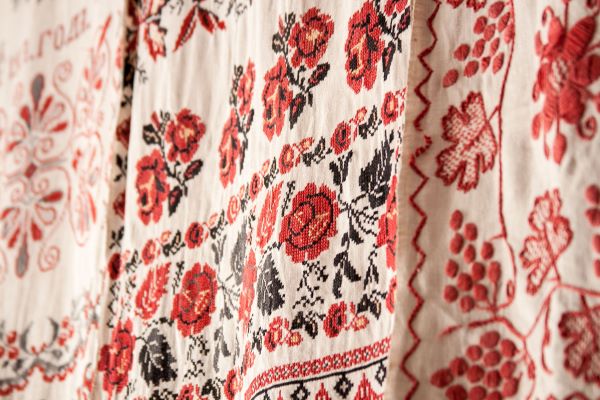
Reading these secret messages in the embroideries on rushnyky became my obsession during my trips to Ukraine. I had a wonderful teacher and a partner on this quest, a lady I met at our local church in Poltava. Pani Olga plays an important role in my book The Rooster House, especially because of her knowledge about rushnyky and traditional arts. Thread by thread I unraveled the family mystery and became an avid lover of rushnyky embroideries.
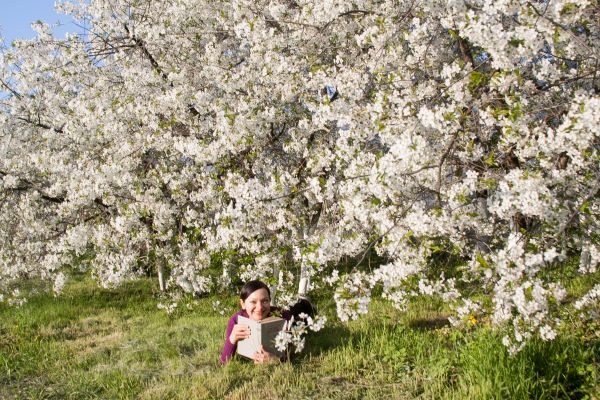
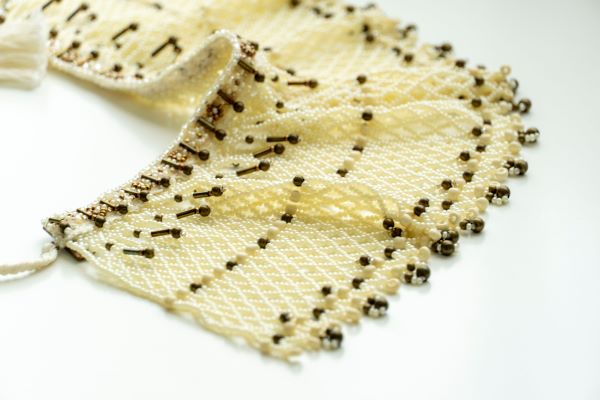
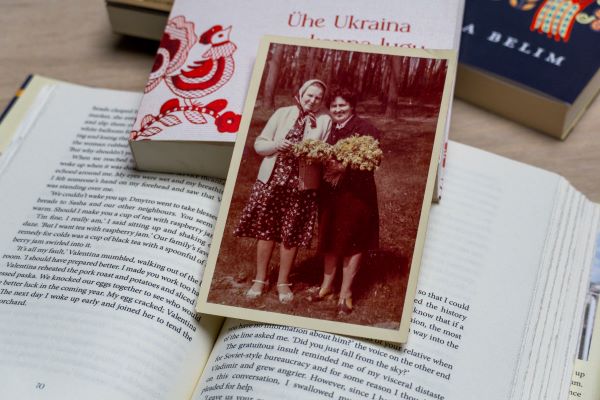
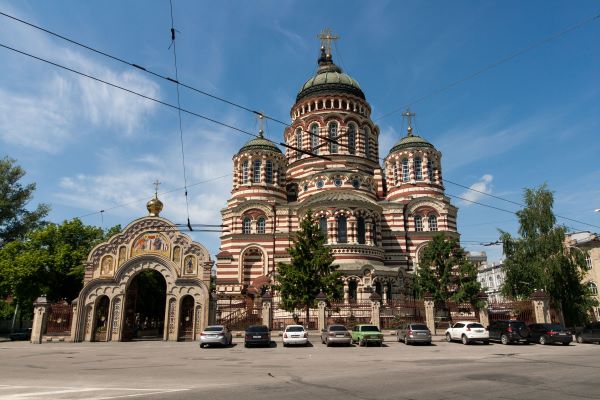


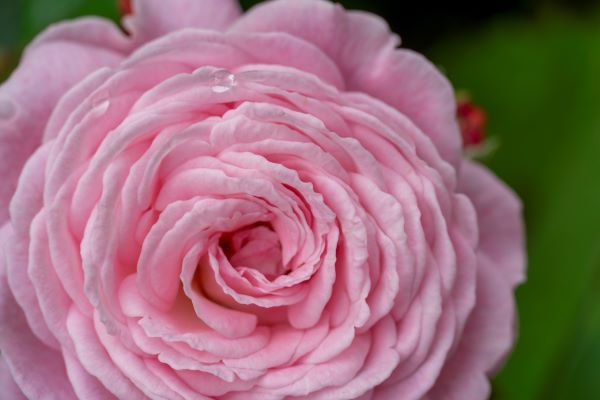
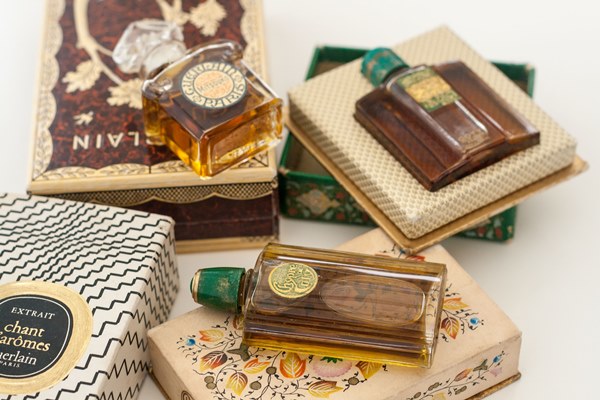








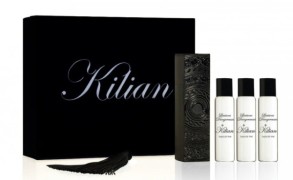
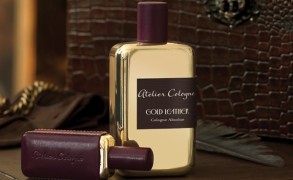
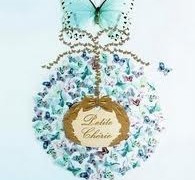
Judith R in From Gingerbread to Kue Lapis: Spicy Gourmand Perfumes for Holidays: Not exactly gingerbread, but Safran Troublant by L’Artisan Parfumeur is a favorite warm and festive fragrance of mine. December 27, 2024 at 6:13pm